Twin-Engine Terrors #1: 1935 Alfa Romeo Bimotore

Editor’s note: This is the first in an occasional series.
Enzo Ferrari. You probably know who he is, thanks to the eponymous car brand he started in 1947 — but what you probably don’t know is that il Commendatore was already a legend, years before he hung out his own shingle … and the twin-engine, Alfa Romeo Bimotore racer from 1935 is a big part of the reason why.
This wasn’t some crazy, “let’s see if we can” sort of project, either. This twin-engine terror was born out of necessity — the necessity to beat the German Auto Union and Mercedes-Benz “Silver Arrows”, anyway.
To give you a bit of context, the Germans had been absolutely crushing the international motorsports scene throughout the 1930s. The Auto Union and Mercedes efforts were every bit as dominant then as Mercedes-Benz’s Formula 1 team has been over the last decade, if not moreso. This was the era of Hans Stuck — the father of future rally legend Hans Joachim Stuck — the era of the Berlin Avus, and about the same time that the familiar “ four rings” logo first appeared on the nose of an Audi-built car. It was an era of brave men, cutting-edge engineering, and slippery, wind-cheating, death-defying streamliners. And through it all, Alfa Romeo’s racing team — Scuderia Ferrari — was having its ass handed to it on the regular.
By 1935, Ferrari was sick of it, and determined to take the fight to ze Germans with a deceptively simple concept: if one engine is good, two engines must be better.
‘DECEPTIVELY’ IS THE KEY WORD HERE
So, Enzo had the idea. He was going to build a twin-engine racer. He pulled his engineer, Luigi Bazzi, from the normal day-to-day operations and tasked him with building the new car in secret, so that the German teams wouldn’t have time to respond before it appeared on the track.
Together, they took two of the successful Alfa P3, 3.2-liter supercharged inline-eight cylinder engines the team had been running since 1932 (with guys like Tazio Nuvolari and Louis Chiron — a driver who was so fast that Bugatti eventually named a hypercar after him), and got to work building the beast.
Remember, this was Enzo Ferrari. Enzo, “aerodynamics are for people can’t build engines” Ferrari — and it’s easy to imagine that he looked upon the Auto Union streamliners with the sort of derision you’d expect. He believed, utterly, that the key to defeating the Silver Arrows was in making more power than they did, and the Bimotore certainly did that. The Alfa’s dual P3 setup delivered an astonishing (for its time) 540 hp. A contemporary Ford Model T, meanwhile, made about 20 hp, while the Auto Union Type B made do with “just” 375 hp.
On paper, then, it seemed like the Alfa had a shot — in practice, however, the deceptively simple “two motors” idea proved how deceptive it could really be.
For starters, the powertrain was insanely complex. Bazzi placed one engine in the front, and the other in the rear, behind the driver. Each engine sent power through a driveshaft to a centrally-located transmission, which then sent the two engines’ combined power through a third driveshaft that went to the rear axle. Each engine had its own fuel tank, mounted on either side of the driver and pumping fuel through its own system, into its own set of eight carburetors.
If you’re trying to follow along with a back-of-the-napkin sketch of what’s happening there and scratching your head at all this, you’re not wrong: That’s a lot of moving parts, a lot of complexity, a lot of mass, and a whole lot of things to go wrong!
Still, four months after they started, Ferrari and Bazzi’s high-horsepower racer was done. It was designed specifically to compete in the Formula Libre class (read: Run what ya brung) at race tracks like Tripoli, Avus, and Monza — and it was time to put it to the test.
IN THEORY, YES — IN PRACTICE, WELL…
Ferrari entered a pair of Alfa Romeo Bimotore Formula Libre cars in the 1935 Tripoli Grand Prix, to be driven by Nuvolari and Chiron.
The Alfas were fast, without a doubt, but the added mass of the second engine, second fuel system, and driveshafts running hither and thither throughout the car meant the cars ate through their tires far more quickly than the relatively featherweight Auto Unions. Nuvolari took the early lead but had to pit after just three laps for tires.
On its second set of tires, Novolari’s Alfa did significantly better — this time running four laps before needing to pit again for tires and fuel.
Despite all the extra cardio for the pit crews, the Alfa Romeo’s huge power advantage and straight-line speed (it was trash in the corners, as you’d expect) kept them in contention, and they eventually finished 4th and 5th (Nuvolari ahead of Chiron).
That was as good as it ever got for the Bimotore. Everywhere the car raced, it was sort of like that: fast — but hungry, thirsty, difficult to tune, surprisingly fragile, and never really in contention for racing victory … but that’s not to say the car was an overall failure. Nuvolari would eventually set a world record for the flying mile behind the wheel of a Bimotore, hitting 321 km/h (about 208 mph) and ensuring that the Germans wouldn’t be able to claim the coveted title of “World’s Fastest Car.”
Which, for marketing purposes, could certainly be called a win.
That’s my take, anyway. What do the Best and Brightest think? Was snatching that world record a big enough win for Ferrari’s efforts here, or did Alfa make a mistake keeping him at the head of their racing team for another decade-plus? You tell me in the comments.
[Image: Konstantin Egorychev/Shutterstock.com]

I've been in and around the auto industry since 1997, and have written for a number of well-known outlets like Cleantechnica, the Truth About Cars, Popular Mechanics, and more. You can also find me talking EVs with Matt Teske and Chris DeMorro on the Electrify Expo Podcast, writing about Swedish cars on my Volvo fan site, or chasing my kids around Oak Park.
More by Jo Borras
Latest Car Reviews
Read moreLatest Product Reviews
Read moreRecent Comments
- Master Baiter I thought we wanted high oil prices to reduce consumption, to save the planet from climate change. Make up your minds, Democrats.
- Teddyc73 Oh look dull grey with black wheels. How original.
- Teddyc73 "Matte paint looks good on this car." No it doesn't. It doesn't look good on any car. From the Nissan Versa I rented all the up to this monstrosity. This paint trend needs to die before out roads are awash with grey vehicles with black wheels. Why are people such lemmings lacking in individuality? Come on people, embrace color.
- Flashindapan Will I miss the Malibu, no. Will I miss one less midsize sedan that’s comfortable, reliable and reasonably priced, yes.
- Theflyersfan I used to love the 7-series. One of those aspirational luxury cars. And then I parked right next to one of the new ones just over the weekend. And that love went away. Honestly, if this is what the Chinese market thinks is luxury, let them have it. Because, and I'll be reserved here, this is one butt-ugly, mutha f'n, unholy trainwreck of a design. There has to be an excellent car under all of the grotesque and overdone bodywork. What were they thinking? Luxury is a feeling. It's the soft leather seats. It's the solid door thunk. It's groundbreaking engineering (that hopefully holds up.) It's a presence that oozes "I have arrived," not screaming "LOOK AT ME EVERYONE!!!" The latter is the yahoo who just won $1,000,000 off of a scratch-off and blows it on extra chrome and a dozen light bars on a new F150. It isn't six feet of screens, a dozen suspension settings that don't feel right, and no steering feel. It also isn't a design that is going to be so dated looking in five years that no one is going to want to touch it. Didn't BMW learn anything from the Bangle-butt backlash of 2002?

















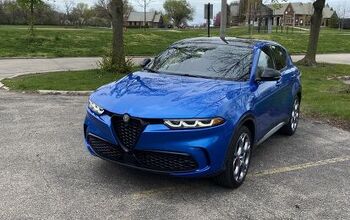

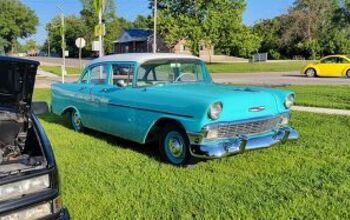
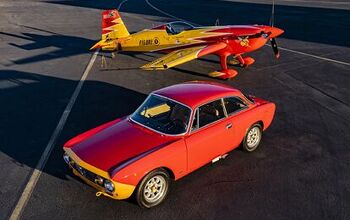
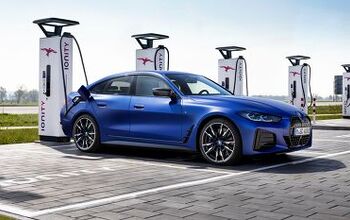
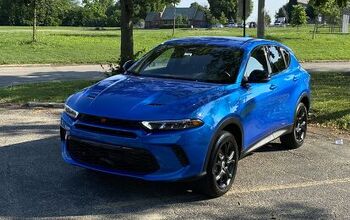
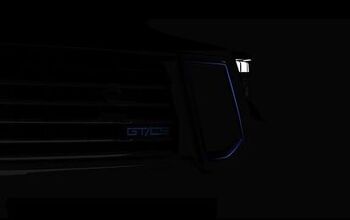
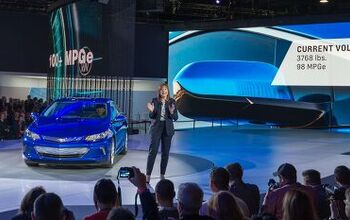
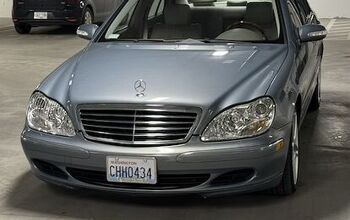
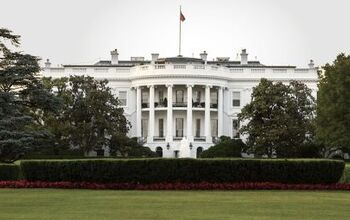
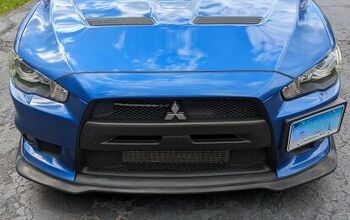
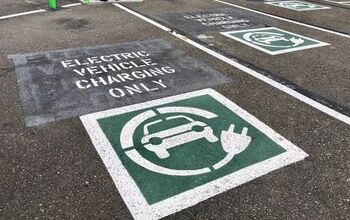
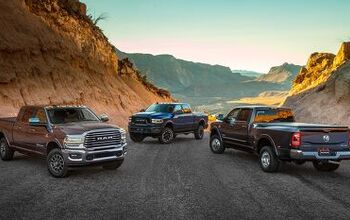
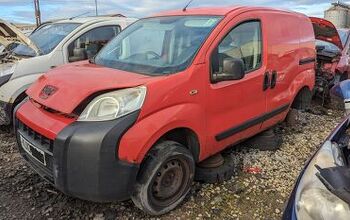
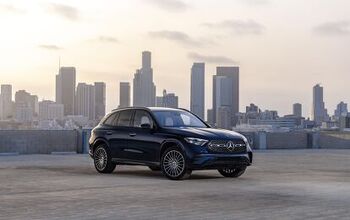
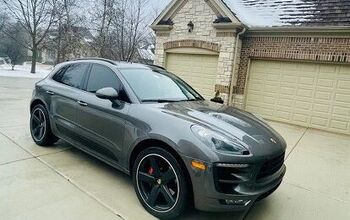

Comments
Join the conversation
6 engines (and still weighs less than a Mazda crossover): https://youtu.be/-w-AwqySGSs?t=213
I have to think that Japanese minitrucks were the last vehicles sold where the rear bumper was optional.